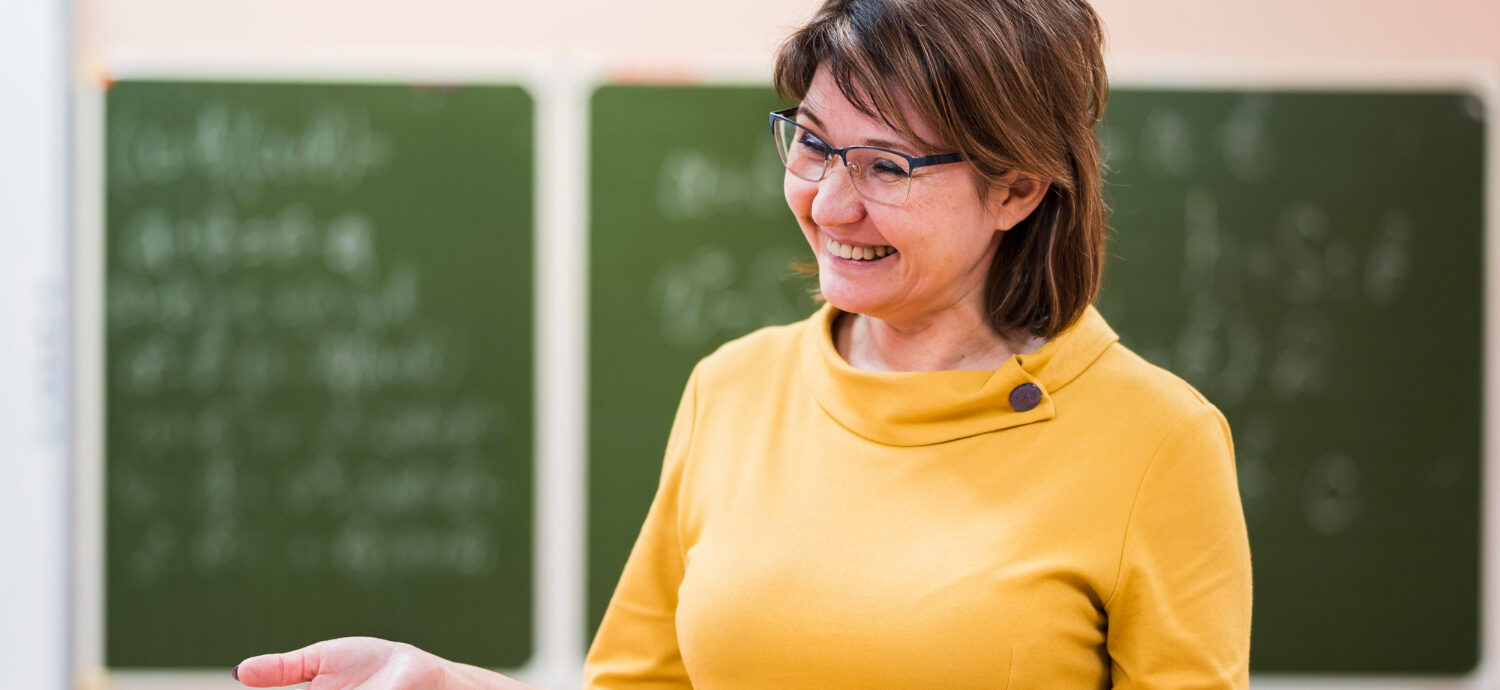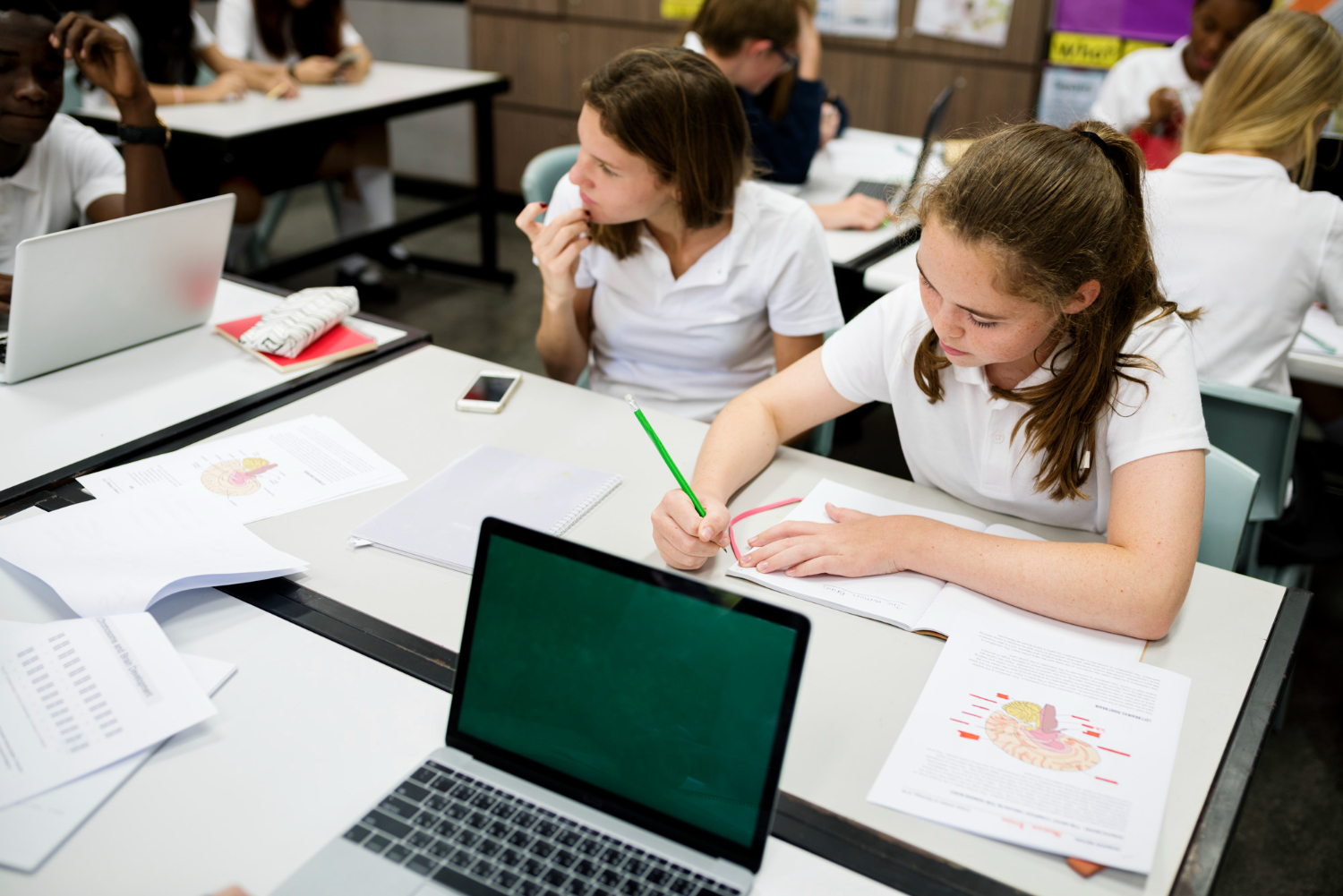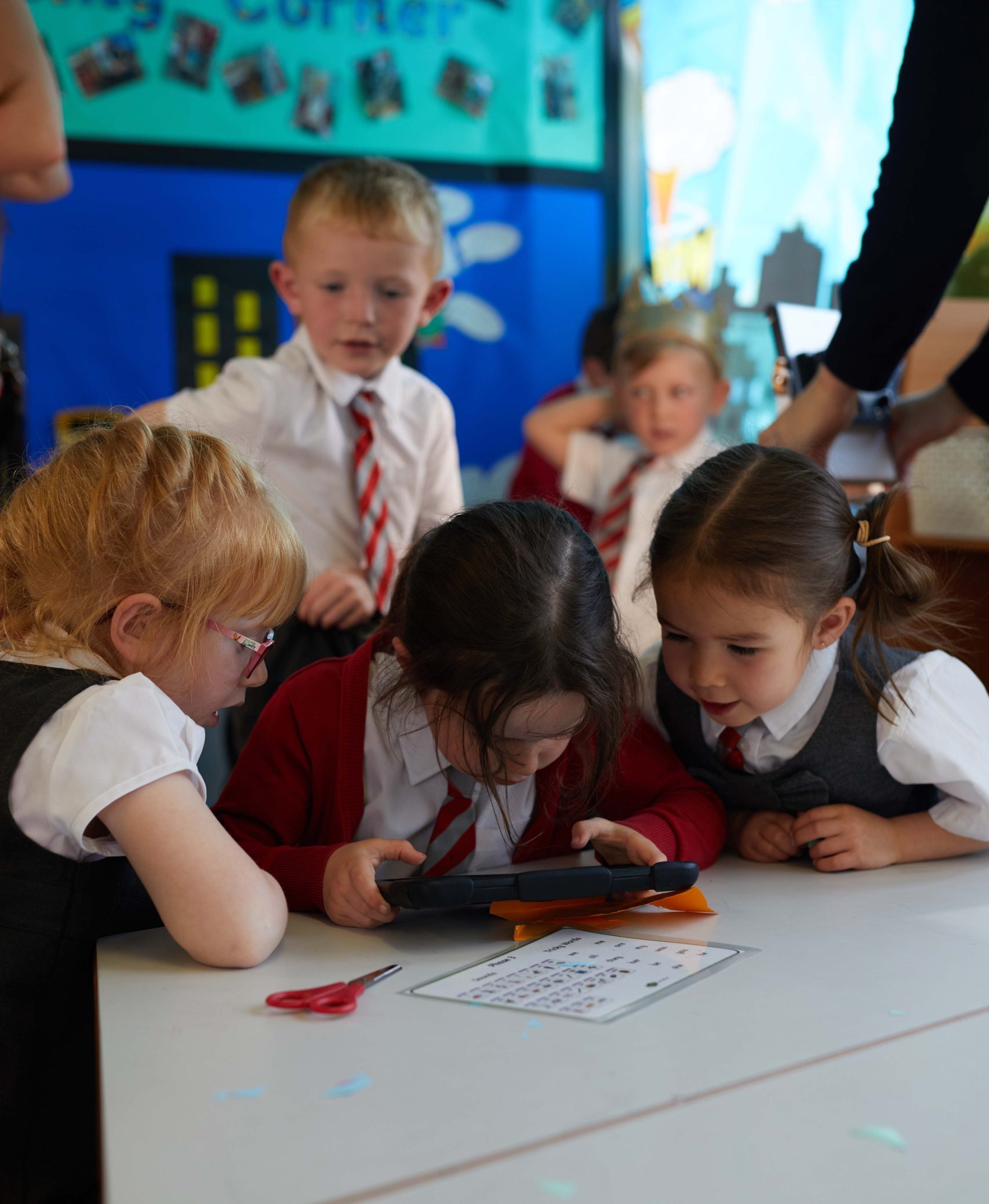Motivating students is one of the most critical aspects of effective teaching. As a teacher, you’re a guide, mentor and a source of inspiration for your students.
Motivation plays a key role in a child’s learning and development. It is the driving force that encourages students to aim high and set high expectations for themselves in the future. When students are motivated, they are more engaged, eager to learn, and likely to achieve their academic goals. Motivation also sparks curiosity and helps create a love for learning.
Although motivating students is important, this can be challenging, especially in diverse classrooms with varying needs and interests. In this article, we will explore 7 strategies that teachers can use to inspire and encourage their students to reach their full potential within the classroom.









